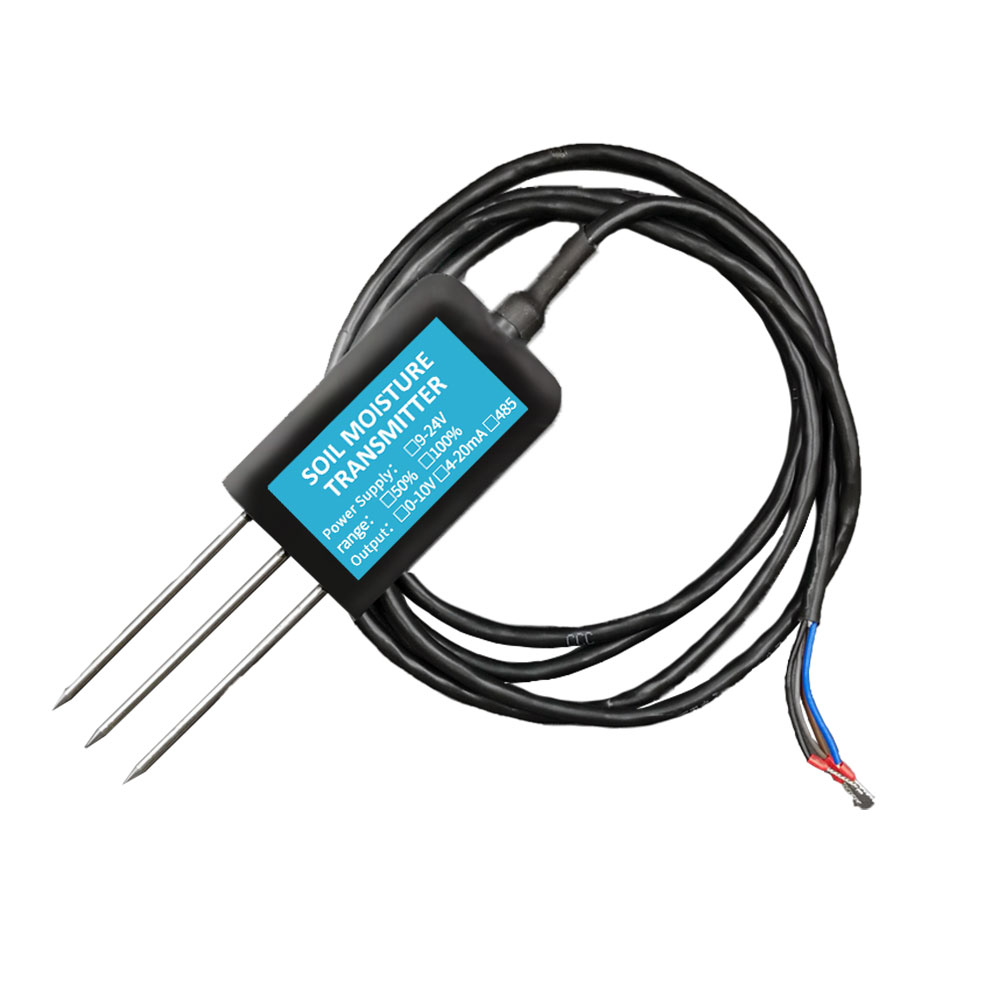Soil moisture is one of the most critical factors that influence plant growth and productivity. Most crops require a specific level of soil moisture for healthy growth, and too little or too much can significantly impact their yield potential. The traditional method of determining soil moisture levels involves manually taking soil samples, which is time-consuming and doesn't help farmers in real-time decision-making processes. Fortunately, advances in technology, such as soil moisture sensors, have revolutionized the way farmers monitor and manage their soil moisture levels.
Soil moisture sensor technology offers farmers a practical and cost-effective solution to monitor soil moisture content constantly. These sensors are available in various forms, including; tensiometers, gypsum blocks, capacitance sensors, or frequency domain reflectometry sensors. They work by measuring the soil's moisture content at different depths, providing an accurate representation of the soil moisture level across the entire root zone. Here are some ways soil moisture sensors are benefiting farmers worldwide:
Accurate Irrigation Applications
The primary benefit of soil moisture sensors is they provide precise information on the actual soil moisture conditions of crops, thereby minimizing over-or-underwatering issues. This accurate data enables farmers to develop efficient irrigation schedules, applying the right amount of water at the right time, and reducing the risk of crop damage from underwatering or waterlogging. By keeping plants in optimal soil moisture conditions, farmers are ensuring maximum yield potential and increasing overall crop quality.
Reduced Water Consumption & Costs
Soil moisture sensors assist farmers in using water as efficiently as possible. Over-watering wastes this precious resource and can leach essential nutrients from the soil, leading to expensive crop losses. By giving farmers exact data about hot spots and wet spots in their fields, soil moisture sensors allow them to apply water only where it is necessary and save significant volumes of water. This contributes positively to environmental conservation and financial savings.
Better Nutrient Management
Plant nutrients are crucial for optimal plant growth and yield, and soil moisture levels can affect nutrient uptake rates. With precise soil moisture data provided by these sensors, farmers can quickly determine the correct amount of fertilizer and irrigation water needed to deliver optimal nutrient availability for their crops. This eliminates wastage of resources and minimizes runoff which could negatively affect freshwater systems.
Improved Risk Mitigation
Farmers face several challenges such as unpredictable weather patterns and droughts that expose their crops to high risk. Soil moisture sensors provide real-time information on crop moisture and can indicate when severe dry conditions may be coming, allowing farmers to take corrective action proactively. By mitigating risks early on, farmers can protect their crops and reduce financial losses.
Enhanced Yield and Quality
Optimizing soil moisture levels positively affects crop yield and quality. When plants receive the right amount of water, they take in more nutrients from the soil and photosynthesize more efficiently, leading to greater size and weight per unit of harvest. The result is better-quality crops and higher yields, providing farmers with increased revenue.
In conclusion, soil moisture sensing technology has become an essential tool for farmers worldwide. It empowers them to make informed decisions about their irrigation application, reduces water consumption and costs, improves nutrient management, mitigates potential risks and ultimately boosts yield and quality. Soil moisture sensors have revolutionized agriculture by giving farmers constant, accurate, and reliable information on the moisture level of their farmland. As precision farming continues to advance around the globe, incorporating soil moisture sensors will be increasingly critical for optimizing crop production and enhancing environmental sustainability.






